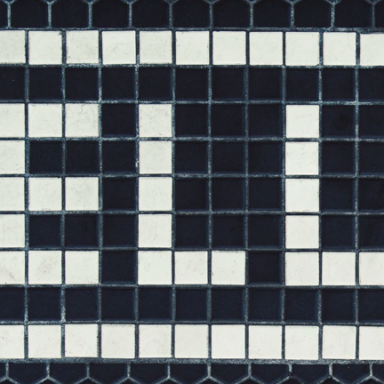Making sure creative digital design is rooted in reality
At the heart of any creative digital design project is the desire to do things differently.
But there’s more than one way to ‘be different’ — if you’re different because you’re cool, great (think SMEG fridges). If you’re different because you’re out of the ordinary, that can be very impressive too (check out Koniku’s work-in-progress ‘wetware’ processors).
If you’re different just for the sake of it, that’s… well, different. Don’t get me wrong. There are times when the contrarian angle really works (Brewdog does a good job of this with its ‘punk’ ethos), but it can easily fall flat if you’ve got no purpose behind it.
And being different is also no good at all if it doesn’t achieve the results you want. You need to keep one foot firmly in reality, to get where you want to be.
Looking great, thinking smart
Wireframing is the first big design step in any good digital design project. At this point, it’s vital that clear functionality is set out. I’ll stress that this is the most important part of the process, as it’s the backbone that sits under your whole site.
If any designer comes to you with a ‘great idea’ that looks cool, but it isn’t propped up by any thought as to how it would actually work, run a mile.
Because it’s the deep UX thinking that makes things happen. If you’ve got truly great functionality, you can skin it any way you like (within reason) and still achieve great things. Here’s just one example of how we’ve made a difference at the core of a design approach, to make a real difference in the wider world.
All this means you need to think like a user first, and a designer second. If you can’t, then you can’t design something that works well. It’s that simple.
And you’ve also got to bear in mind that expectations change — keep a keen eye on the statistics. If things stop looking so rosy, it’s time to switch things up. Again. And again.
Keeping up to date
That’s the harsh truth when it comes to web design — you can create a site that seems fresh and modern today, but it’ll age quickly.
It might seem like a pain, but you have to push through it. Or you could end up being implicit in undermining confidence in your own brand.
I’m sure I don’t have to explain why that’s a problem.
Using a flexible content management system is key to keeping all your words and imagery up to scratch over time, so that small updates aren’t so time-consuming.
But our advice? Have a plan to update your site every few years and keep it in your long-term view. Watch what your competitors are doing. And when things start to homogenize, step away from the norm again. Just make sure it’s a well-planned move, not a knee-jerk reaction.
Creative digital design can break free of the grid
Where does design go next? Here’s an interesting one.
To tell the honest truth, the ‘grid’ is inescapable, in a sense. Though we’ve moved away from the HTML horrors of the 1990s, and towards responsive and adaptive layout mechanics, websites still tend to map out to (non-uniform) grids.
One of the more interesting recent web trends sees things float free of these, allowing for further interaction, and an experience that can feel more like a desktop experience than traditional browser window. Now, I’m not going to tell you to do it yourself, because if you’re reading this in 2025, it might seem laughably out of date.
But check out Moscow’s ‘The Book’ development for an example. The draggable elements are, at the time of writing, fairly unusual, and let users re-construct the site to suit themselves. That’s taking personalization to an extreme level.
While 94% of companies think personalization is important, if you scout around, you still see fairly little of it in digital experiences beyond populated name fields in emails. That’s not quite good enough, in our book. While The Book’s website’s level of personalization might not make sense to actually put into practice for your company, it’s a really interesting approach to website design that should give you a lot to think about for the future.

Producing real-world results with creative digital design
If you want creative digital design experiences that inspire and impress, you need functionality that blends imperceptibly with the visual appearance.
Think beyond reusing the same templates again and again. Even if that means shooting way beyond the pale.
And if you’re ever in doubt, just remember that once upon a time a 21-year-old earned over a million dollars in less than six months by selling pixels.
So, your new idea might not be that outlandish after all.












